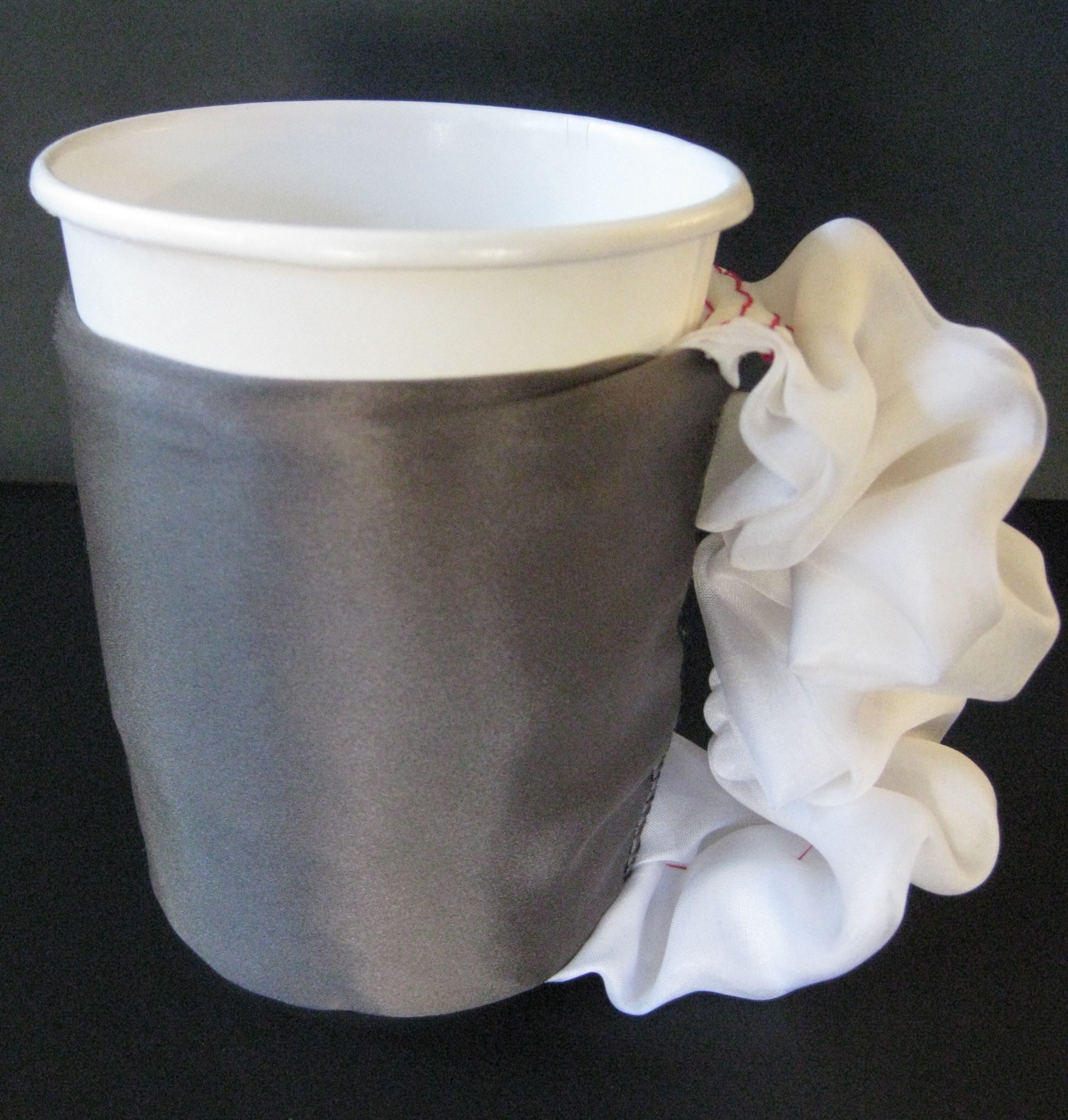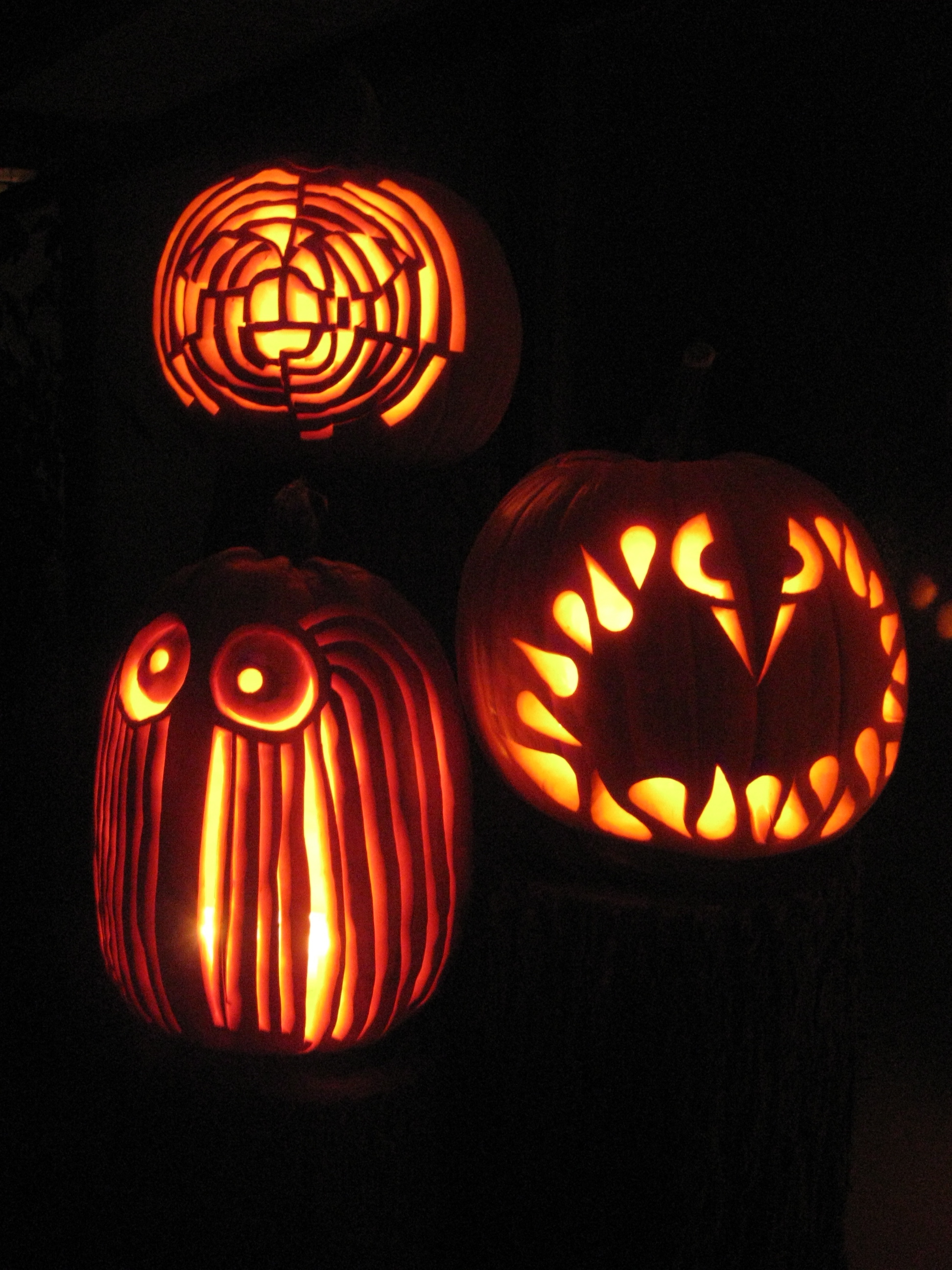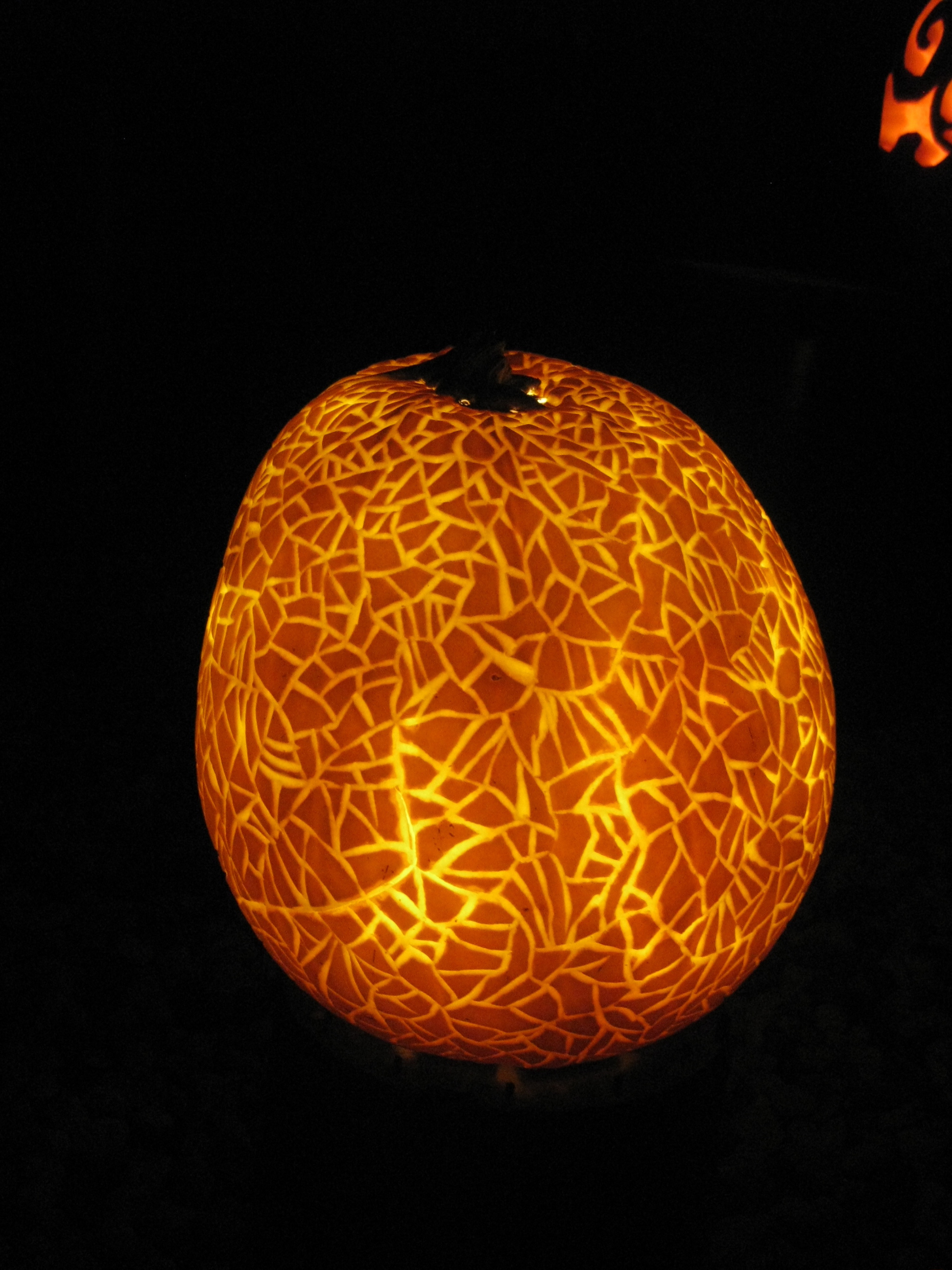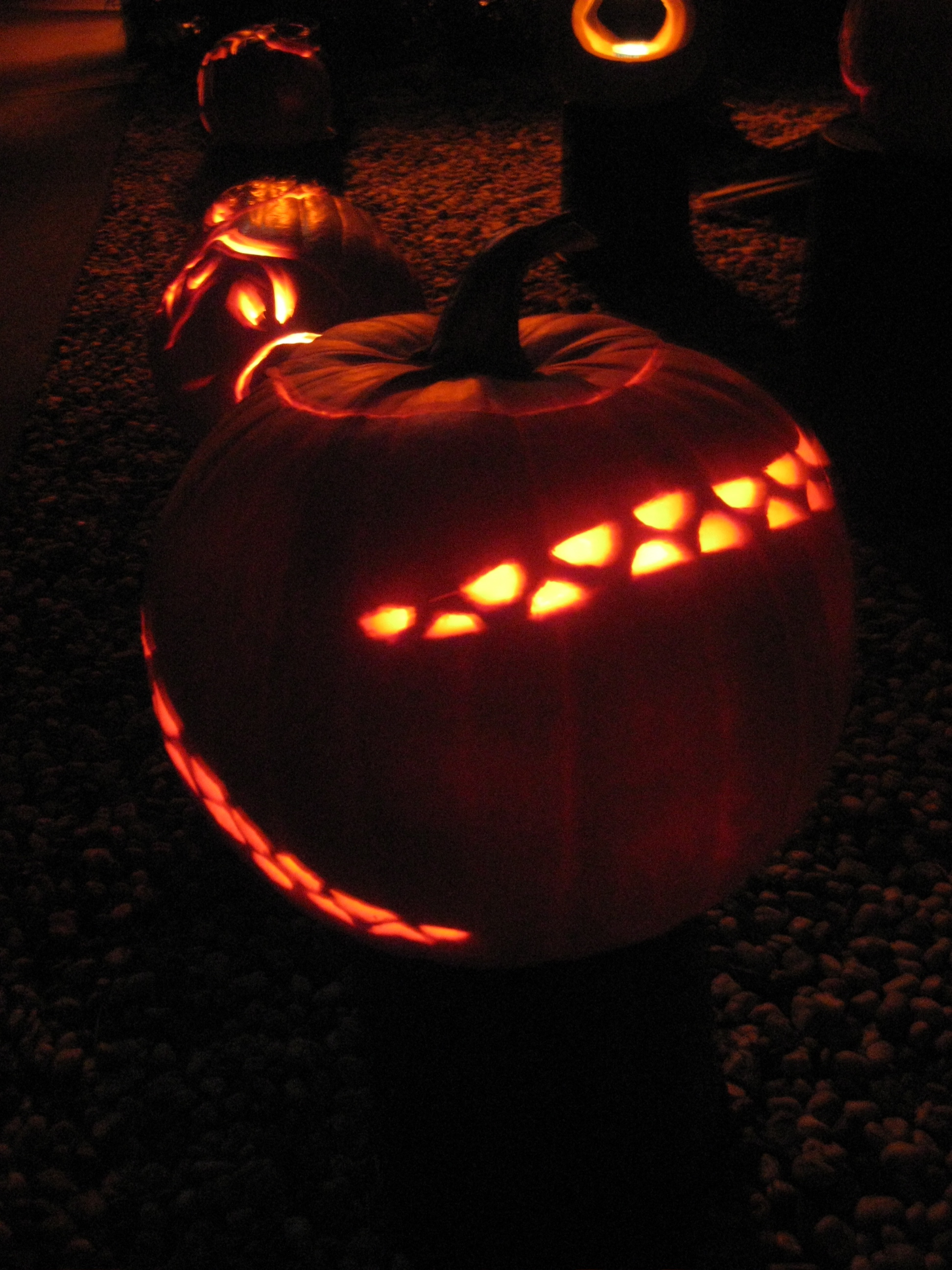A bottle opener that also provides personal protection.
Read MoreHappiness and the Museum Experience
Ideas for taking a pleasant museum-going experience and turning it into an extremely happy experience for all stakeholders.
Read MoreDoes Money Bring Happiness?
A Processing data visualization shows that money and happiness are not as correlated as you might think.
Read MoreRobot Poster
The poster is an advertisement for a robot dating service - which is exactly what the characters say. I haven't decided if the robot is offered to humans in need of a companion for the weekend, or if he's looking for a female robot for himself. I don't think it matters.
Read MoreThe N-Lighten Wand
I recently completed a group project for my class Human Values and Innovation in Design. The problem statement was to leverage future technology (coming in 5-15 years) to create new ways to encourage face-to-face interactions amongst teenagers. The problem is tricky: how do you have a device that fosters in-person interaction without becoming a distraction? After performing some ethnography work with teenagers from around the country and a middle school teacher, we settled on a "Magic Wand" inspired by how excited we learned middle school students are when they get to use a Smart Board; essentially a white board with a projection system that allows you to input to a computer - press buttons, write on what's being displayed - with pen-shaped pieces of plastic. In this case, adding a layer of technology enhances an in-person experience rather than detracting from it. I worked with teammates Eric and James to imagine a world in which every student had his or her own wand that could be split up into separate projector and stylus components. The wands would have cameras that take in information, then send it to the cloud for processing.
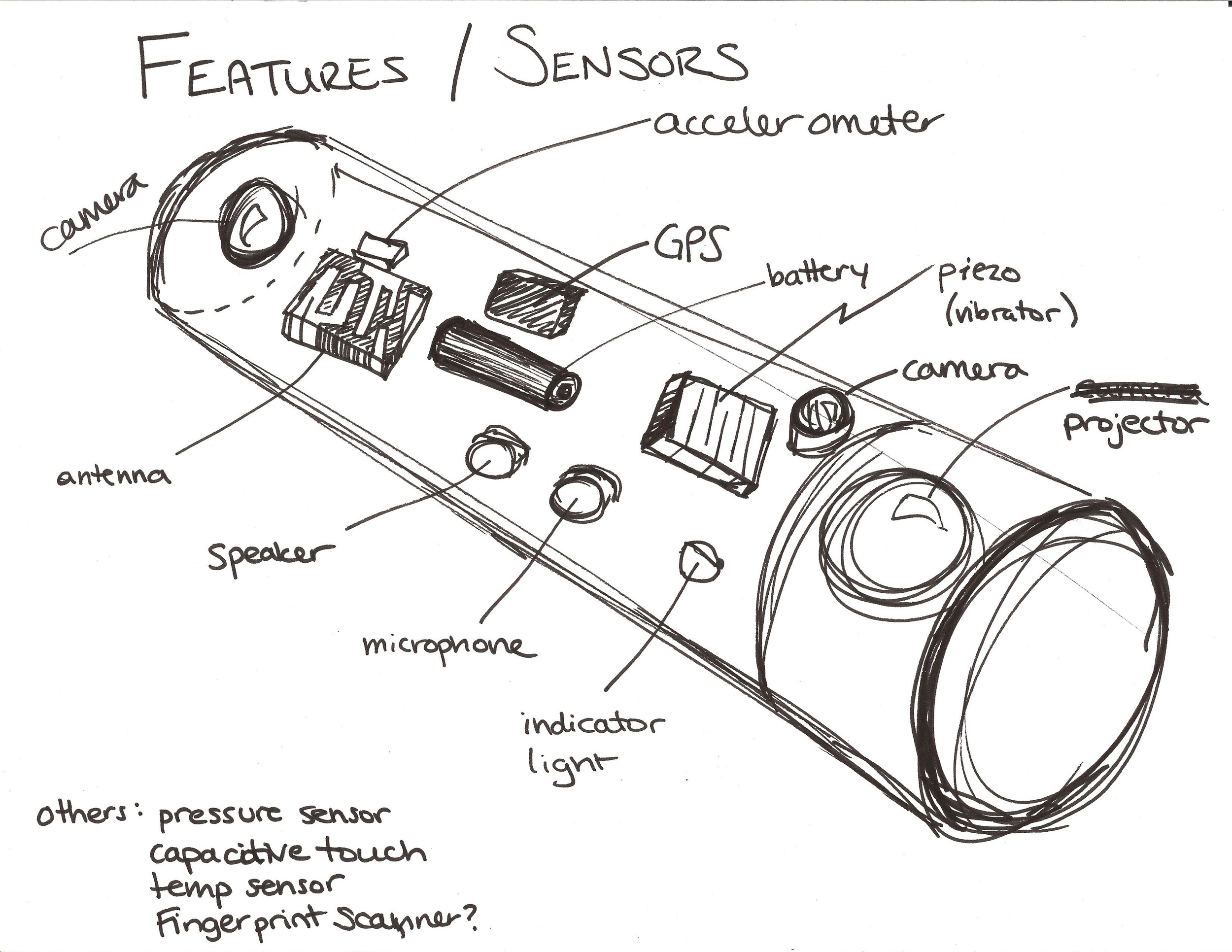
Current projector technology is not yet small or efficient enough to make this device a reality, but the device could be made in the next decade or two.
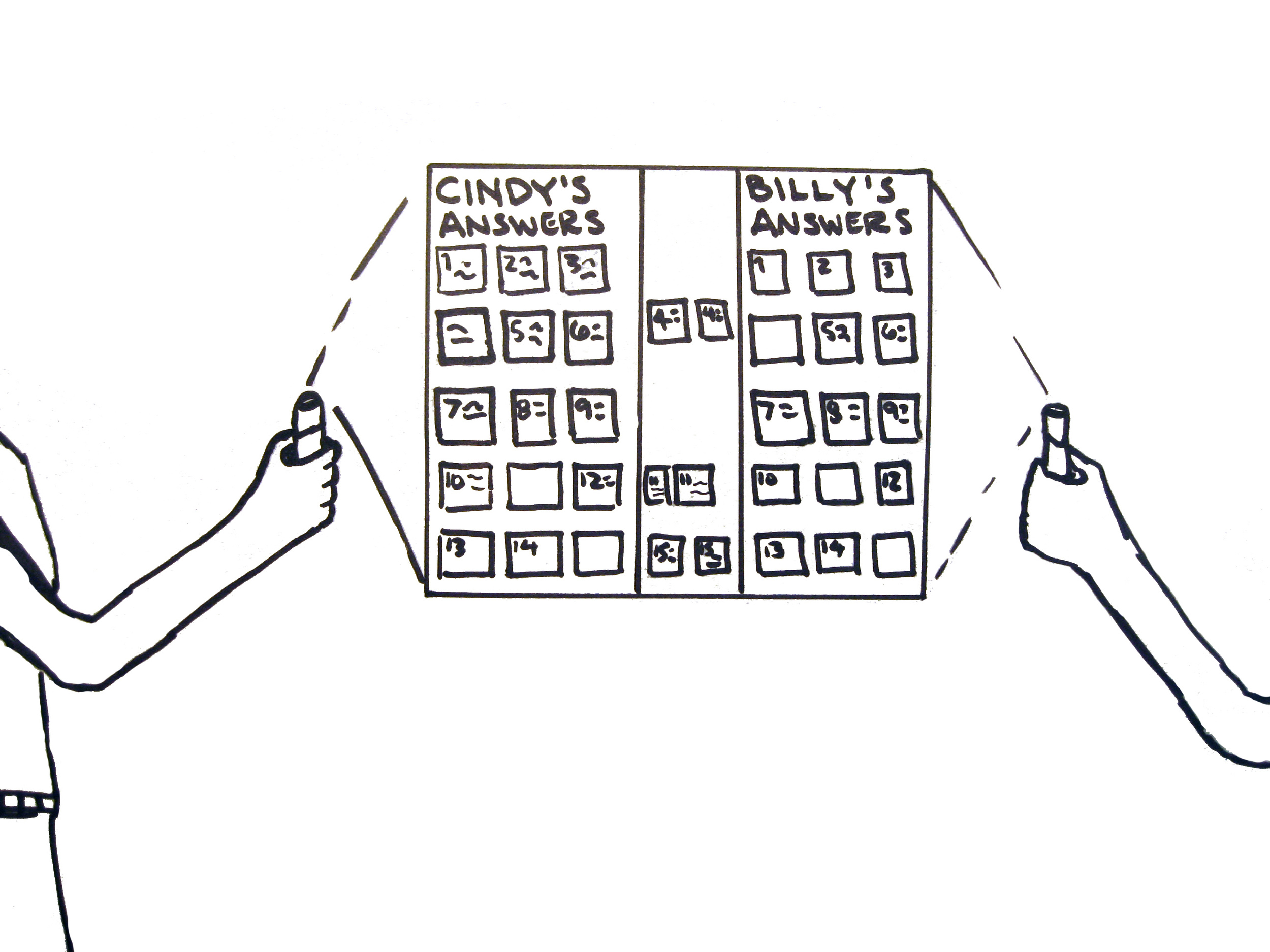
Having to project onto a surface is much less isolating than working on a device with a screen (computer, laptop, phone, etc.). The work surface is larger than a screen, and can also be viewed from any angle. In the sketch above, you can see how two students might compare answers on their math homework: the system detects which questions they have different answers on, and separates them out for closer inspection.
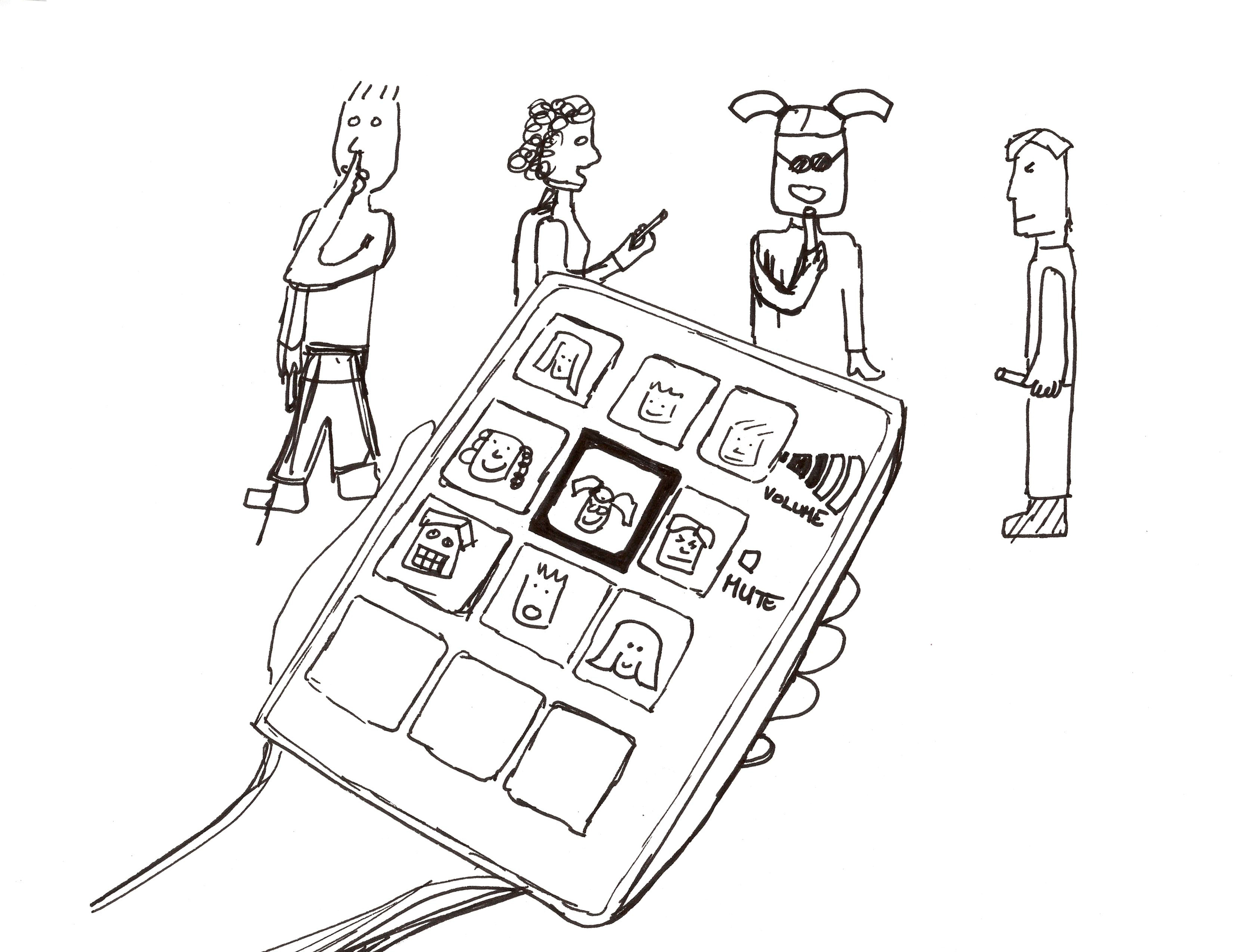
Shown above is the concept of using the wands in the manner of a talking stick, where the students pass around the ability to use their wands as a microphone. The teacher maintains ultimate control over the situation using a screen-based device. The device moves classroom learning from teacher-centric to student-centric, necessitating a whole new model of classroom learning. In order to truly be effective, the entire classroom and homework experience must change.
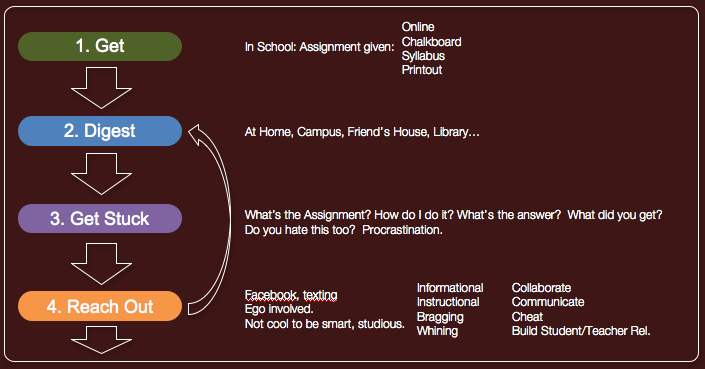
How learning happens in schools today.
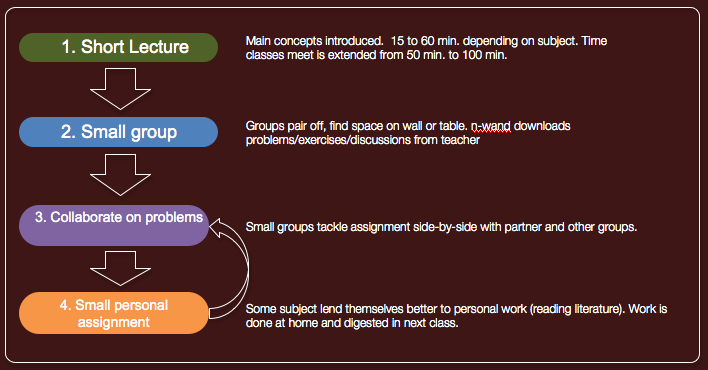
How learning could happen using the N-Lighten Wand.
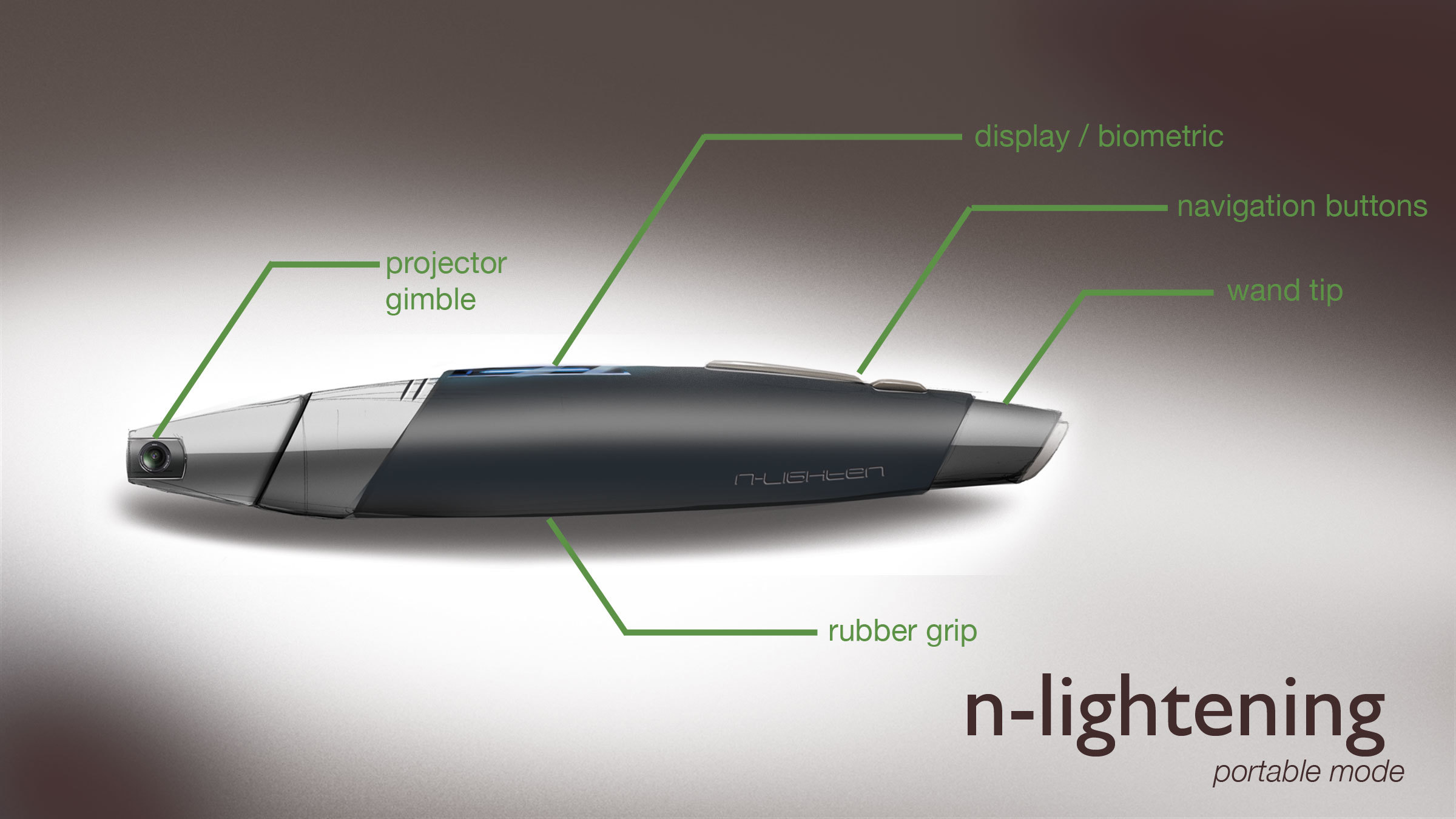
This is how we would envision the wand looking. Students could use the pen in this configuration to do quick projections on a wall or table, but would not be able to input in this configuration.
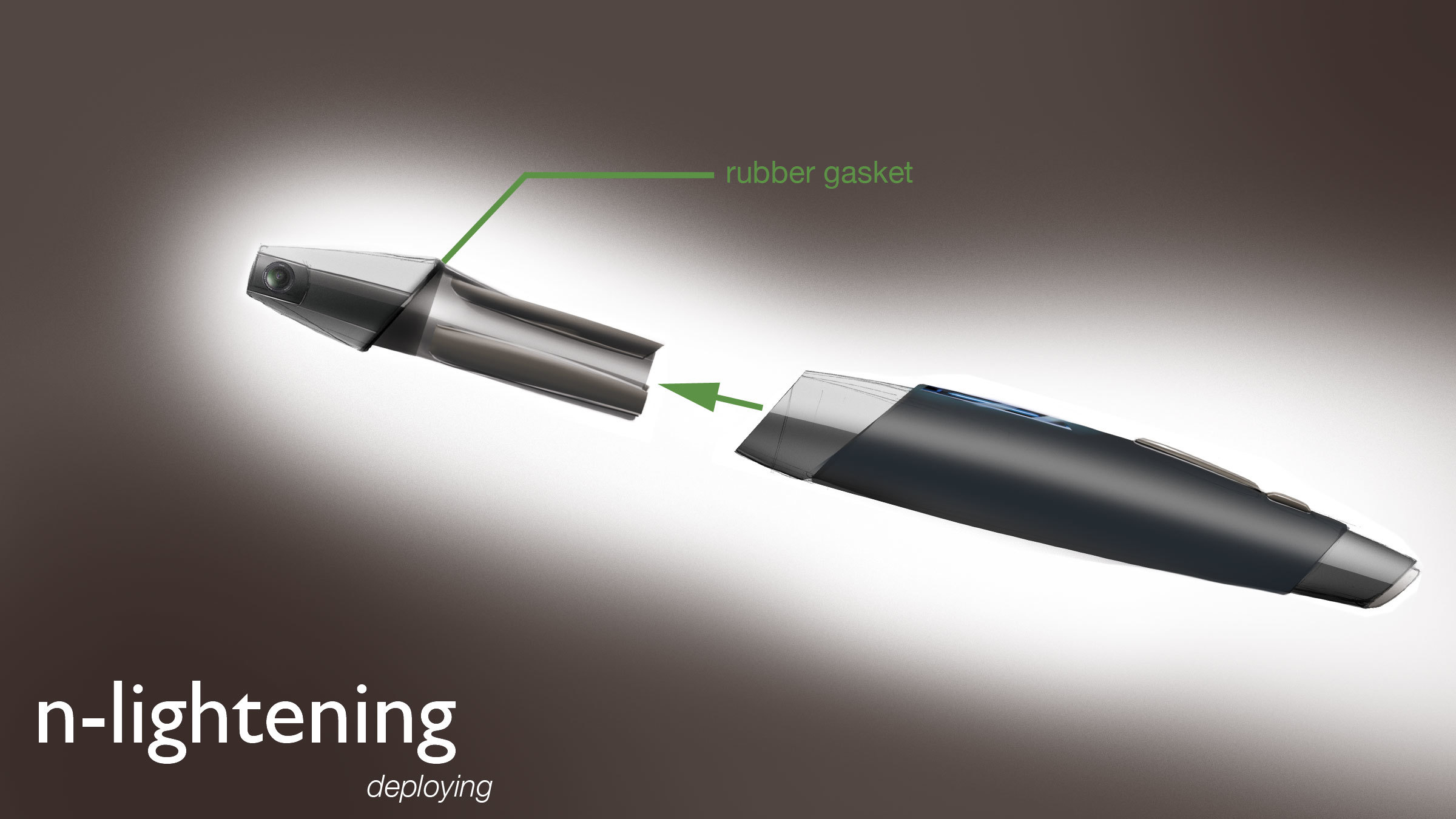
The wand separates into a projector and a stylus. The student can either hold the projector in their hand, or set it down in the tripod configuration shown below.
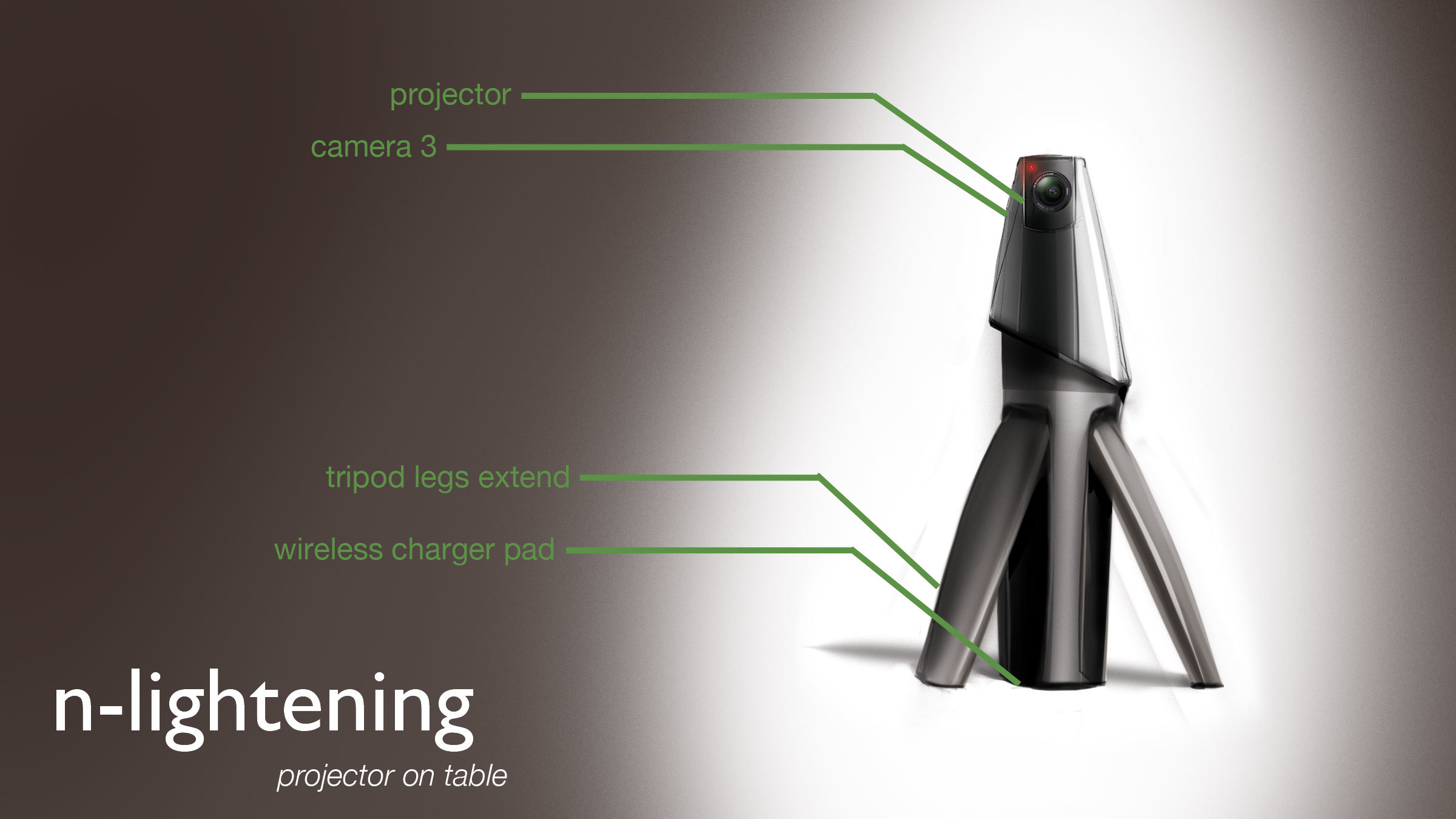
The projector component has a built-in tripod to enable it to rest on a table or other flat surface.
Storyboard sketches drawn by me. All renderings done by my very talented teammate, Eric. Frameworks were a collaborative effort amongst all teammates. Outside consulting with buzamoto.
Halloween
Last night I took part in one of the greatest traditions in the Stanford art community: carving a pumpkin for display at the house of the legendary professor Matt Kahn. This is an annual event he has been holding for decades. Dozens of pumpkins carved by my fellow Art 60 students and alumni of the class line Matt's driveway, with his pumpkins nestled by the entrance to his Eichler-style home, a museum crammed full of beautiful pieces he has collected throughout his lifetime. Much of this artwork is from indigenous artists around the world and serves as inspiration in his artwork, especially those of the pumpkin variety.
The three pumpkins show above are Matt's. He guest lectured for one of our Art 60 classes, teaching us the importance of repetition, patterns and negative and positive spaces in design. He also emphasized the importance of knowing one's materials; you must design for a curved surface and leave air holes, unless you plan to use LED lighting as was the case in the spectacular pumpkin shown below (I'm not sure whose carved this piece).
For my pumpkin I chose to go with a sea creature theme, settling on a tentacle-wrapped pumpkin. It's been years since I've carved a pumpkin. I don't think I'll approach this activity in the same way ever again.
Coffee Cup Cosy
This week's assignment for Art 60 was to make a "gratifying object": something that makes you feel happy to hold. In preparation for making this object, I needed to go out and spend time carefully feeling at least 100 objects and document this exploration process in my lab notebook. After some thought, I decided to use my favorite texture as a child, the ruffle on my stuffed clown, as an inspiration for my object. I wanted to create an adult version of the sensation of the ruffles between my fingers. I explored many fabric options, finding my final choices at Austin's Silk Road Fabrics, place specializing in exquisite fabrics. I was overwhelmed by my options, but managed to narrow it down to a few final contenders.
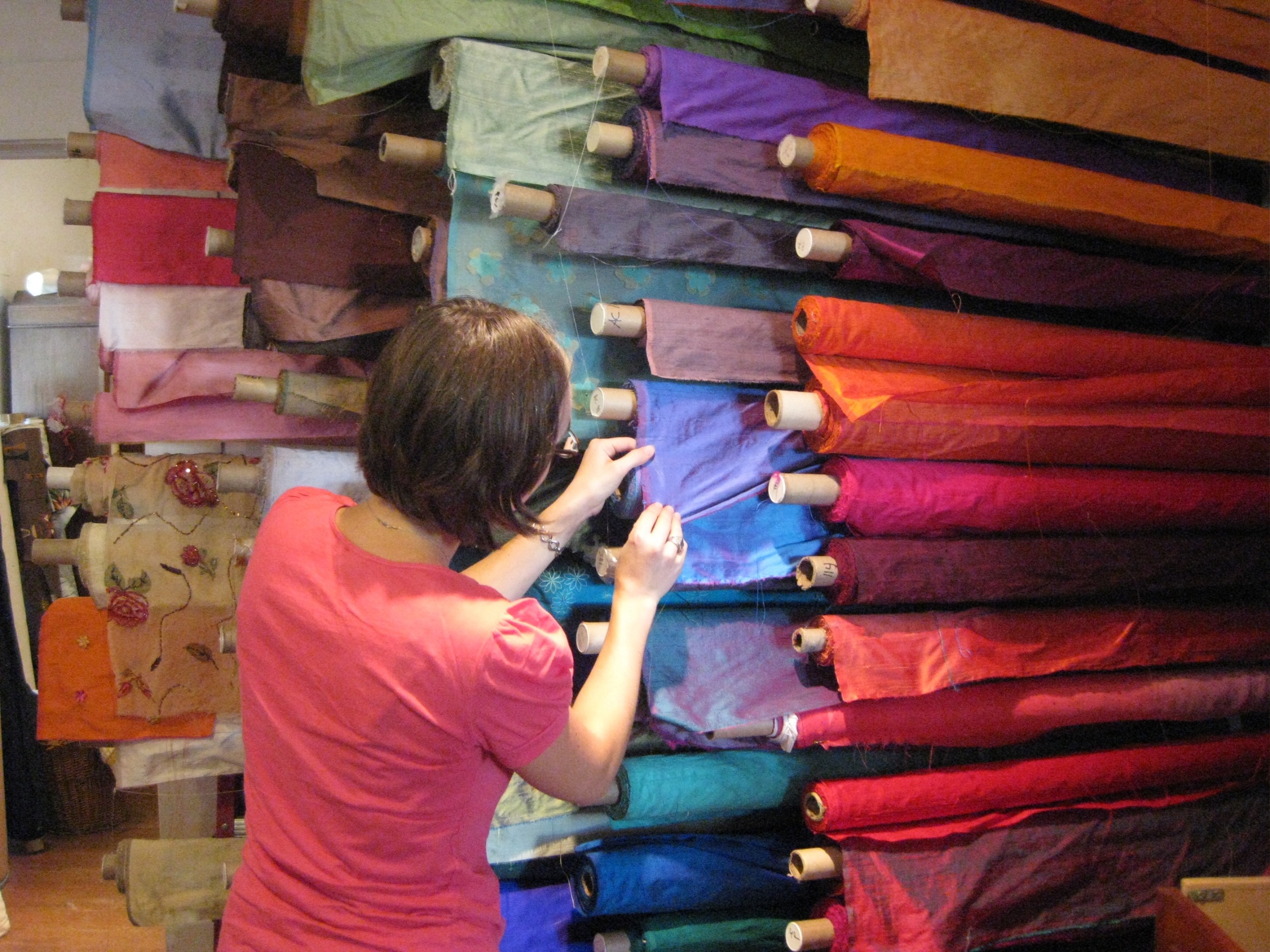
After much trial and error (and good bit of sewing advice from my mom) I ended up with the coffee cup cosy shown below. It has four layers: an inner layer that stretches tight around the cup, a polar fleece layer for cushion and a lining layer to allow the top layer of silk to move freely. The "handle" is not structural, but meant to make the back of your hand feel nice, too. The ruffles are a nod to the stuffed clown I had as a child.
